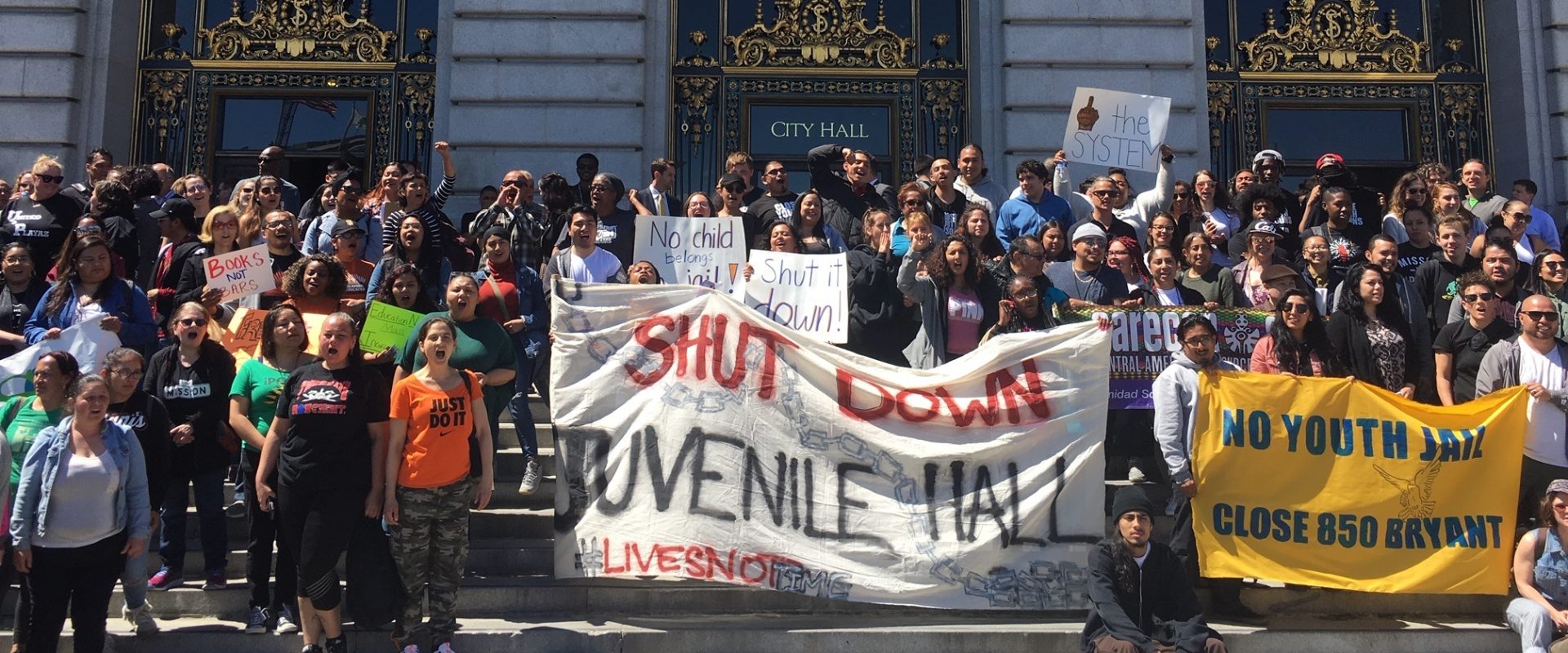Never have California youth been more numerous (4.2 million age 10 – 17 in the 2010 census), more racially diverse (71% now are Hispanic, black, Asian, or otherwise of color), or of recent immigrant origin. Never have youth been more uncurfewed (lowest level of policing ever recorded), uncaged (the percentage of youth incarcerated in state and local facilities has plunged to an all-time low), and underserved (budget cuts have forced spending on a wide array of youth services). Never in post-Gold…
Blog Sep 13, 2011
Give me that old time religion: cruel and usual punishment inside Christian homes for troubled teens
From the very beginning of juvenile “correctional” institutions religion has been one of the driving forces. Religion played a key role in the development of the New York House of Refuge in the early 1800s, as it did throughout the history of American prisons for both youths and adults. The reformers of the late 18th and early 19th century spent a good deal of time and energy complaining about the “moral decline” of the country. Little wonder that “immorality” would be a common charge…
Blog Sep 8, 2011
CA Policy: The Law Offices of John Lovell
Welcome to the Law Offices of John Lovell. During the twenty years our firm has been in existence over 99% of the bills we have lobbied for have been signed into law in the California State Legislature. The short and simple truth is, our effectiveness is unparalleled. This is the opening statement on The Law Offices of John Lovell’s homepage . John Lovell is one of the most prominent lobbyists in Sacramento, California; representing many corrections and law enforcement unions on issues…
Blog Sep 6, 2011
California counties punished for best-practices
As counties prepare for criminal justice realignment, the disparities between counties’ sentencing practices become increasingly apparent. State-dependant counties, who have higher rates of state imprisonment, have been allocated substantially more funding than self-reliant counties. Rather than basing the funding allocation on county crime rates, the funding formula is based on the number of low-level offenders each county currently has in state prison. There is no doubt counties will need…
Blog Sep 1, 2011
CA Policy: the CCPOA political powerhouse
In my last two CA Policy blogs I discussed successful marketing strategies employed by special interest groups to thwart criminal justice policy reform. The two propositions I depicted as examples, involved sophisticated use of rhetoric and multimedia visibility. Both Proposition 66 and Proposition 5 were opposed by the California Correctional Peace Officers Association (CCPOA), whose influential role in the opposition campaigns is documented in CJCJ’s CCPOA Information Sheet . Here’s a…
